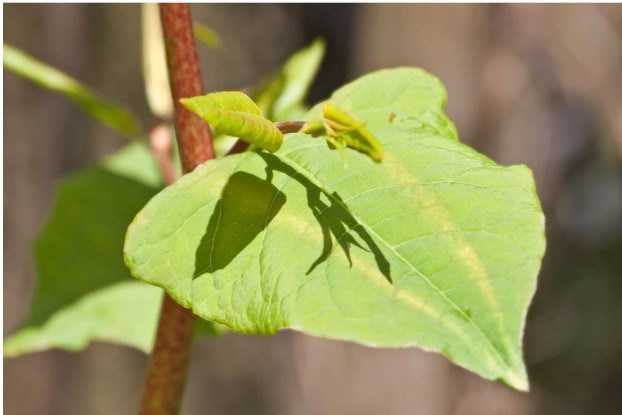Japanese knotweed is an invasive plant that has earned a reputation as one of the most persistent weeds. Its rapid growth and resilience make it a major concern for homeowners, gardeners, and property developers alike. Tackling this plant requires careful planning and consistent effort. Effective strategies combine both physical removal and chemical treatments, along with preventive measures to stop it from spreading further.
Understanding Japanese Knotweed Growth Patterns
Japanese knotweed grows quickly, sending up bamboo-like shoots in spring. These shoots can reach impressive heights in just a few weeks. Its extensive root system, or rhizomes, allows it to regrow even after attempts to remove it. Recognizing its growth patterns early is essential. Cutting down above-ground stems alone will not stop its spread. Proper identification is the first step in controlling japanese knotweed.
Manual Removal Techniques for Japanese Knotweed
Physical removal involves digging up the roots and rhizomes carefully. This can be labor-intensive but effective if done correctly. Every fragment of root left in the soil has the potential to regrow. Tools like spades and forks are essential, and disposing of the plant material properly is crucial to prevent contamination. Manual removal remains a cornerstone strategy for tackling japanese knotweed in small areas.
Chemical Treatments and Herbicide Use
Targeted herbicide applications are highly effective against japanese knotweed. Systemic herbicides penetrate the plant and reach the roots, gradually weakening and killing it. Timing is key: late summer and early autumn are ideal when the plant is transporting nutrients to its roots. Repeated treatments over multiple seasons may be necessary. Combining chemical methods with manual removal enhances long-term control of japanese knotweed.
Preventing Spread Through Containment Measures
Japanese knotweed spreads easily through soil movement or discarded plant fragments. Containment strategies include using root barriers and isolating affected areas. Gardeners should avoid composting plant material and instead follow local disposal regulations. Effective containment stops the plant from invading new spaces and supports other control methods. Managing japanese knotweed requires consistent vigilance to keep its spread under control.
Maintaining Soil Health After Removal
Once japanese knotweed has been removed, restoring soil health is essential. Nutrient-rich soil helps other plants establish, preventing knotweed from returning. Mulching, aeration, and planting competitive species are all helpful steps. Healthy soil discourages invasive regrowth and promotes a resilient garden environment. Keeping the soil in good condition is a long-term strategy in the fight against japanese knotweed.
Monitoring and Ongoing Management
Regular monitoring is necessary to ensure japanese knotweed does not return. Even small regrowth can quickly become a problem. Gardeners should check the area multiple times a year and act immediately if shoots appear. Combining vigilance with repeated treatments strengthens control efforts. Long-term management is key to finally keeping japanese knotweed at bay.
Conclusion
Controlling japanese knotweed is challenging but achievable with persistence and the right approach. Combining manual removal, chemical treatments, containment, and soil maintenance creates a comprehensive strategy. Regular monitoring ensures the plant does not regain a foothold. With careful planning and ongoing effort, homeowners and gardeners can protect their property and restore balance to their landscapes. Effective strategies for controlling japanese knotweed require patience, attention to detail, and consistent action.


